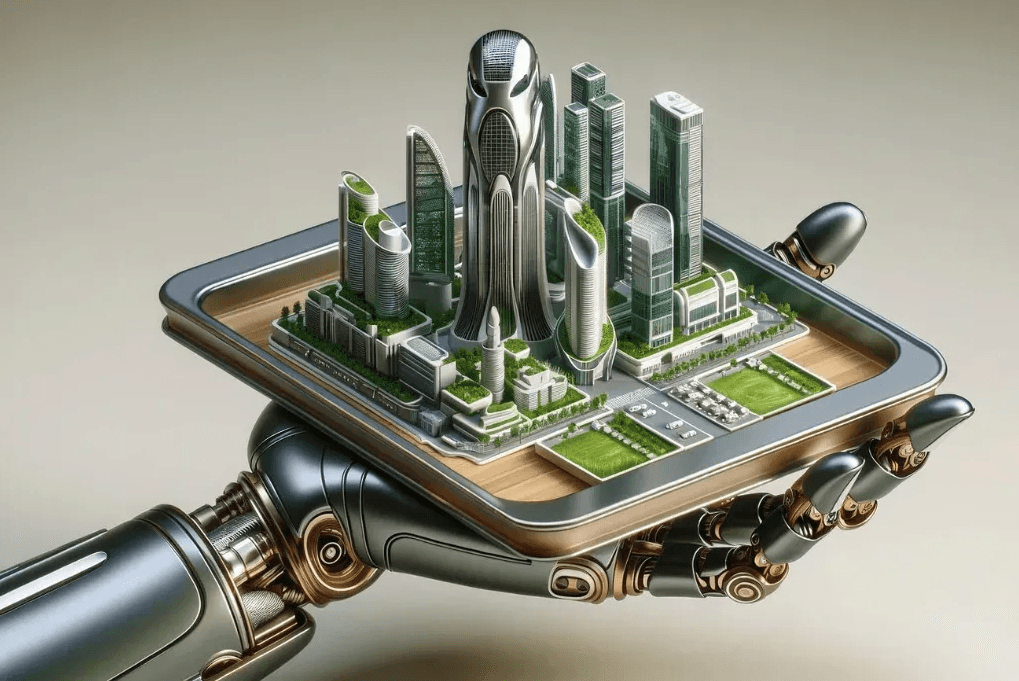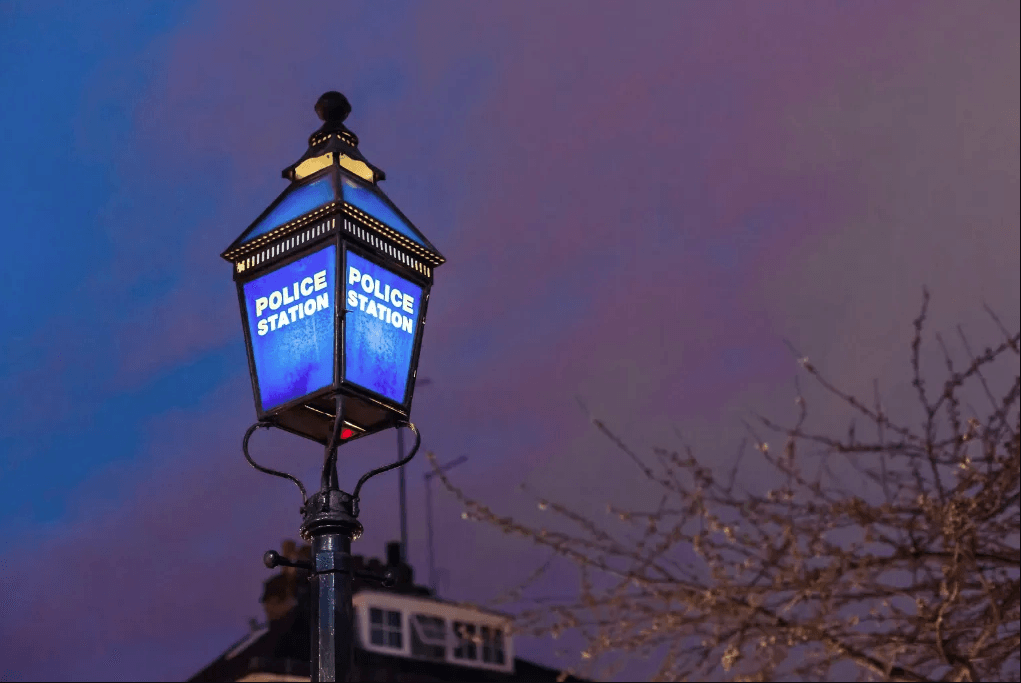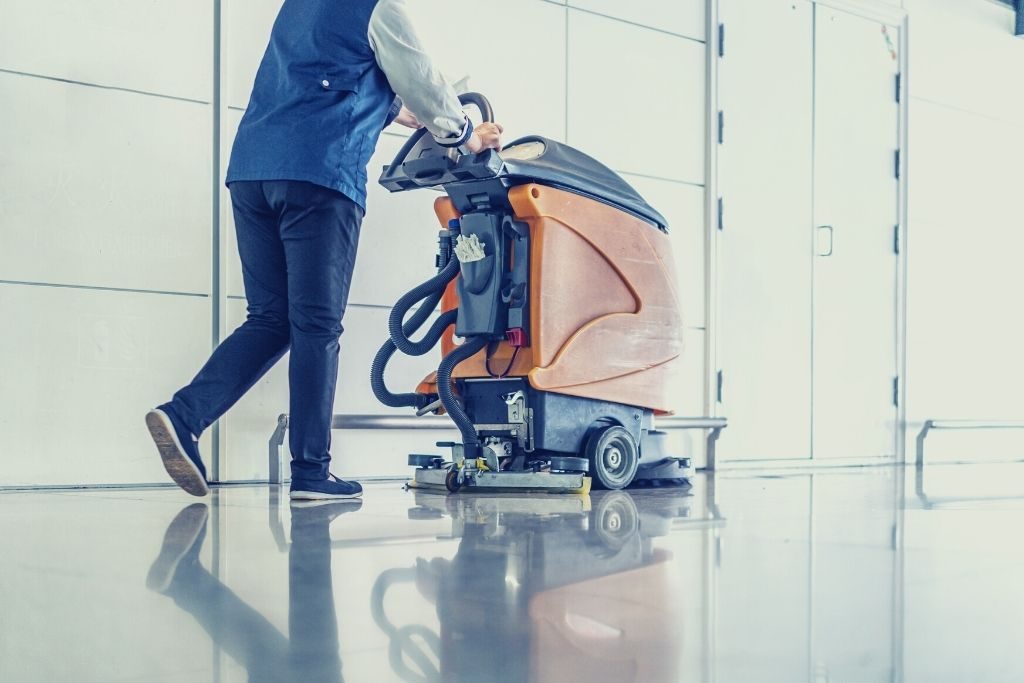- Technology
Artificial Intelligence is a strategic tool, and its development fully affects architects, one of the most important stakeholders in multiple facets of the real estate sector.
- Society
As security is increasingly understood as a holistic process, a new philosophy is gaining ground: Community policing. But please, do not picture reckless vigilante-style patrols.
Insights and Inspiration from the World of Access
Every year the congress center in Altbach becomes the interdisciplinary meeting spot for 5,000 Europeans from science, business, politics, and culture.....
Experts are predicting a significant boom in the aging population throughout this century, the likes of which we've never seen....
Thanks to state-of-the-art technology, employees can often work away from the office nowadays, from a location best suited to their....
The Museo Egizio in Turin, Italy, first opened its doors to visitors in 1824. A few years ago, the Egyptian....
In a city of multitudes, the architectural traditions that characterize the city are far from homogeneous: Sao Paulo is constantly....
Virtual reality is commonly associated with the gaming and entertainment realm, with users immersing themselves in computer-generated worlds. Yet the....
Recommended for you
Cars and vehicles are responsible for almost 15 percent of global CO2 emissions, accelerating climate change, air pollution, and respiratory....
Artificial Intelligence is a strategic tool, and its development fully affects architects, one of the most important stakeholders in multiple....
As security is increasingly understood as a holistic process, a new philosophy is gaining ground: Community policing. But please, do....
The five following abandoned construction sites from around the world stand as stark reminders of the challenges that can plague....
As the functions of the physical store evolve, so should its spaces, design, and management. And also its accessibility: in....
Just like the rest of us, architects and engineers also blunder. Nevertheless, in many cases, these oversights can linger around....
Subscribe
Sign up to recieve the latest access planning insights in your mailbox
Nobody knows who invented doors, but the oldest ones appear in Egyptian tomb paintings from 4,000 years ago, where they signified a passage....
Islands are among the most vulnerable places to climate change. Especially given that islands contribute to a fraction of the....
Over the last ten years, intelligent buildings have emerged as a crucial component of the design process. Connected and automated....
“You can’t really call it land. It’s wetness. It belongs to the river,” says Marina Tabassum, talking to The Guardian about the Ganges....
Today's buildings aren't just smart—they're alive. Smart lighting systems turn lights on and off at optimal times while intelligent heating,....
Since its establishment in 2010, Instagram has quickly emerged as the most generation-defining and trend-setting mobile application. With more than 2 billion monthly....


















